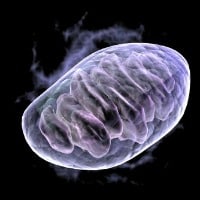Researchers from the University of Exeter studying endothelial cells have raised possibility of possible future treatments for aging blood vessels and other cells. In samples used in the study numbers of senescent cells was reduced by up to 50%, and two splicing factors were identified that play key roles in how and when endothelial cells become senescent.
Genes are capable of making more than one product, splicing factors are the genes to make the decisions about which products are made. The identified splicing factors SRSF2 or HNRNPD play key roles in determining why or how cells changes with age.
3 different compounds were tested: AP39, AP124, and RT01; each of the compounds were designed to selectively deliver small quantities of hydrogen sulfide to mitochondria in cells and help damaged and/or old cells to generate energy needed for survival and to reduce senescence, each compound was found to produce a 40-50% drop in the number of senescent blood vessel cells, with half of aged cells tested showing signs of rejuvenating into younger cell models.
Many disease states can be seen as accelerated aging, keeping mitochondria healthy can help to prevent and/or reverse this, according to the researchers, and this study shows splicing factors play important roles in determining how the compounds work.




